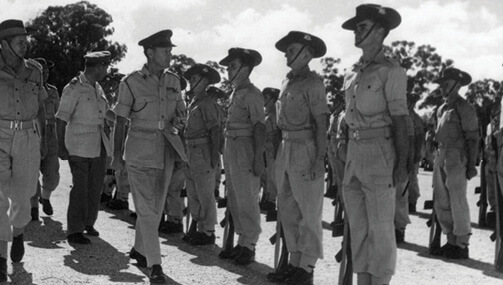March Out Parade location
Blamey Barracks, or Kapooka as it is known locally, is approximately 10 km south west of the Wagga Wagga CBD. When travelling from the Wagga Wagga CBD, drive west on the Sturt Highway, and turn left (south) onto the Olympic Highway at the signpost ‘Kapooka / Culcairn / Albury’. Follow the Olympic Highway south for approximately 2.5kms and turn right onto Camp Access Rd at the signpost ‘Kapooka’, just before the railway overpass bridge. Follow Camp Access Rd to Blamey Barracks.
The distance from the Wagga Wagga Airport to Kapooka is approximately 20 km, and is approximately 25 minutes by taxi, depending on traffic.
If you intend to travel by taxi from the Wagga Wagga Airport directly to Kapooka, we recommend that you make arrangements to drop off your luggage at your accommodation prior to arriving at Kapooka. There are no luggage lockers or luggage minding services available at Kapooka. If you are travelling by private vehicle, you may leave your luggage in the vehicle in the car park.
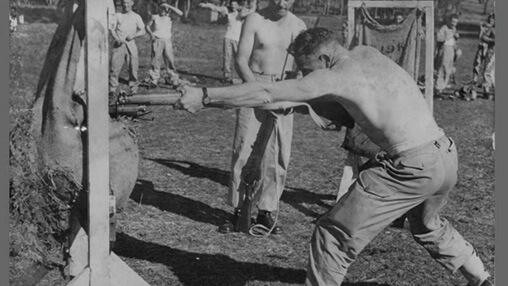
1st Recruit Training Battalion
It was after the outbreak of the Korean War that the camp was once again established for the training of soldiers. The 1st Recruit Training Battalion was raised at Kapooka in November of 1951, with Lieutenant Colonel VE Dowdy assuming the position of the first Commanding Officer. A second battalion, the 2nd Recruit Training Battalion, was also raised that year in temporary buildings due to the requirement to train more soldiers to go to war.
At the end of the Korean War, it was decided that the 2nd Recruit Training Battalion was no longer required and in 1953 it was disestablished so that only the 1st Recruit Training Battalion remained. To this day, the 1st Recruit Training Battalion continues to train both Regular Army and Army Reserve recruits to become Australian soldiers.
Blamey Barracks
The current permanent camp, Blamey Barracks, was constructed during 1965 and 1966. The barracks was named after Field Marshal Sir Thomas Blamey, GBE, KCB, CMG, DSO, ED, one of Australia’s most distinguished soldiers and the only Australian ever to hold the rank of Field Marshal. Sir Thomas Blamey was born in Wagga Wagga on the 24th January 1884 and became a teacher. He was appointed as the Second in Command of the Newton Public School, now known as the South Wagga Public School, Cadet Unit. It wasn’t until 1910 that Sir Thomas Blamey was transferred to the Australian Military Forces as a Captain. Sir Thomas Blamey played an integral part in World War I, landing on the Gallipoli Peninsula on the 25th April 1915, and again in World War II when he commanded forces in both the Middle East and Papua New Guinea.
Upon completion of the new camp, the Governor of New South Wales, Sir Roden Cutler VC, KCMG, CBE, opened the barracks on the 6th December 1966. At this time Australia had been involved in the Vietnam War for four years and in 1964 the Australian Government had introduced the National Service Scheme. The scheme was designed to create a Regular Army with a strength of 40,000 full-time soldiers, and this was the driving force behind the establishment of the new permanent camp.
While the 1st Recruit Training Battalion trained four intakes of National Servicemen each year, it also continued its main function which was to train Regular Army soldiers. By 1972, when National Service was abolished, the 1st Recruit Training Battalion had trained in excess of 10,000 National Servicemen.
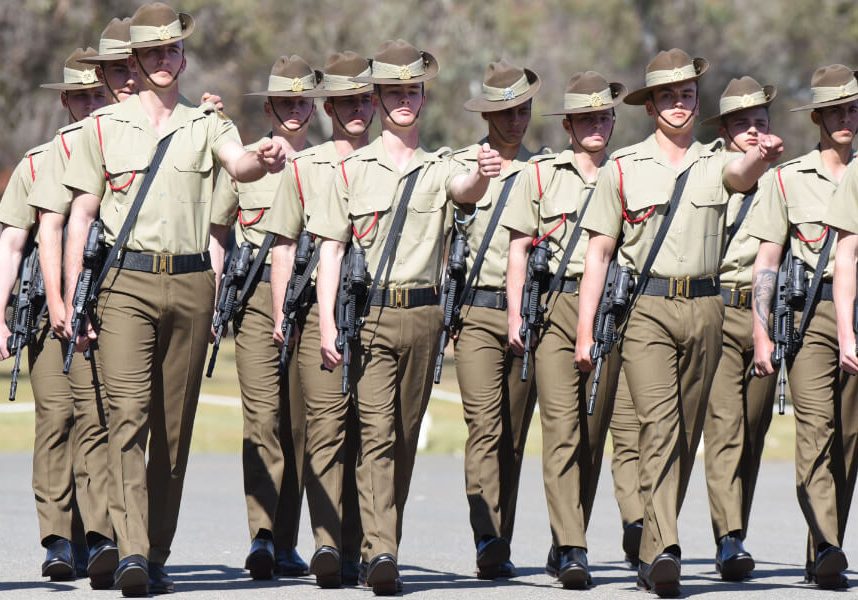
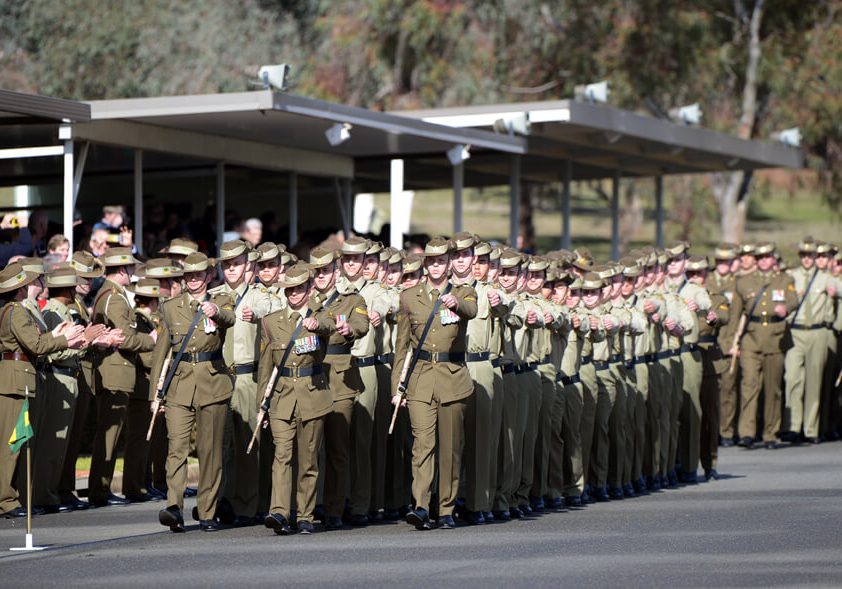
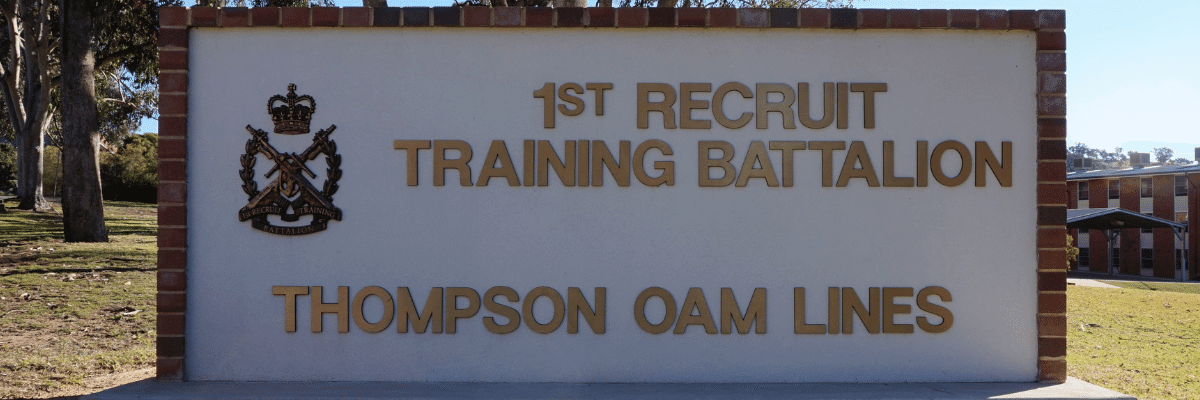
Blamey Barracks
The current permanent camp, Blamey Barracks, was constructed during 1965 and 1966. The barracks was named after Field Marshal Sir Thomas Blamey, GBE, KCB, CMG, DSO, ED, one of Australia’s most distinguished soldiers and the only Australian ever to hold the rank of Field Marshal. Sir Thomas Blamey was born in Wagga Wagga on the 24th January 1884 and became a teacher. He was appointed as the Second in Command of the Newton Public School, now known as the South Wagga Public School, Cadet Unit. It wasn’t until 1910 that Sir Thomas Blamey was transferred to the Australian Military Forces as a Captain. Sir Thomas Blamey played an integral part in World War I, landing on the Gallipoli Peninsula on the 25th April 1915, and again in World War II when he commanded forces in both the Middle East and Papua New Guinea.
Upon completion of the new camp, the Governor of New South Wales, Sir Roden Cutler VC, KCMG, CBE, opened the barracks on the 6th December 1966. At this time Australia had been involved in the Vietnam War for four years and in 1964 the Australian Government had introduced the National Service Scheme. The scheme was designed to create a Regular Army with a strength of 40,000 full-time soldiers, and this was the driving force behind the establishment of the new permanent camp.
While the 1st Recruit Training Battalion trained four intakes of National Servicemen each year, it also continued its main function which was to train Regular Army soldiers. By 1972, when National Service was abolished, the 1st Recruit Training Battalion had trained in excess of 10,000 National Servicemen.


Prior to 1985, all women soldiers and officers were trained at the WRAAC School located at George’s Heights, in Sydney. The WRAAC School was disbanded that year and the 1st Recruit Training Battalion became responsible for training female recruits. It wasn’t until 1993 that the Battalion began training Ready Reserve recruits; however, this was abolished in 1997.
A major review into recruit training was conducted in 1997, which resulted in dramatic changes for the 1st Recruit Training Battalion. A 45 day Common Induction Training Course was implemented which saw all Regular and Reserve recruits undertake training together. The aim of this change was to have all recruits graduate with the same military skills, qualities and knowledge. In December 1998, the 1st Recruit Training Battalion changed its name to the Army Recruit Training Centre.
During 2006, a second course was implemented, which saw Regular Army recruits remaining at Kapooka after they had graduated from the Common Induction Training Course, receiving an additional 42 days training on the Advanced Soldier Course. This course was short lived, and in 2007, another review was conducted with the result being the courses which are employed today. These changes had the Regular Army and Reserve recruits being separated once again with the emergence of an 80 day Army Recruit Course, and a 35 day Reserve Recruit Training Course, respectively.
In November 2016, the 1st Recruit Training Battalion lines were officially named the Thompson, OAM lines in honour of the first Regimental Sergeant Major of the Army, Warrant Officer Wally Thompson, OAM.
Both the Army Recruit Training Centre and the 1st Recruit Training Battalion have an established history. The March Out Parade represents a significant milestone for the individual soldier, as it marks the beginning of a journey and a lifestyle full of lasting traditions, proud history and service to our country. It is with this in mind that you can watch the Army’s newest soldiers marching onto the parade ground, as many thousands have done before, to complete their transition from recruit to soldier.
